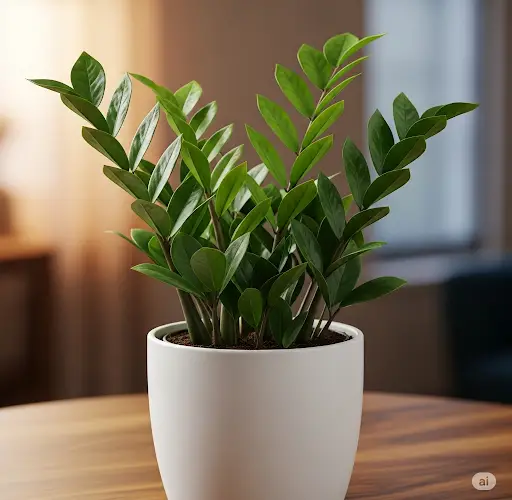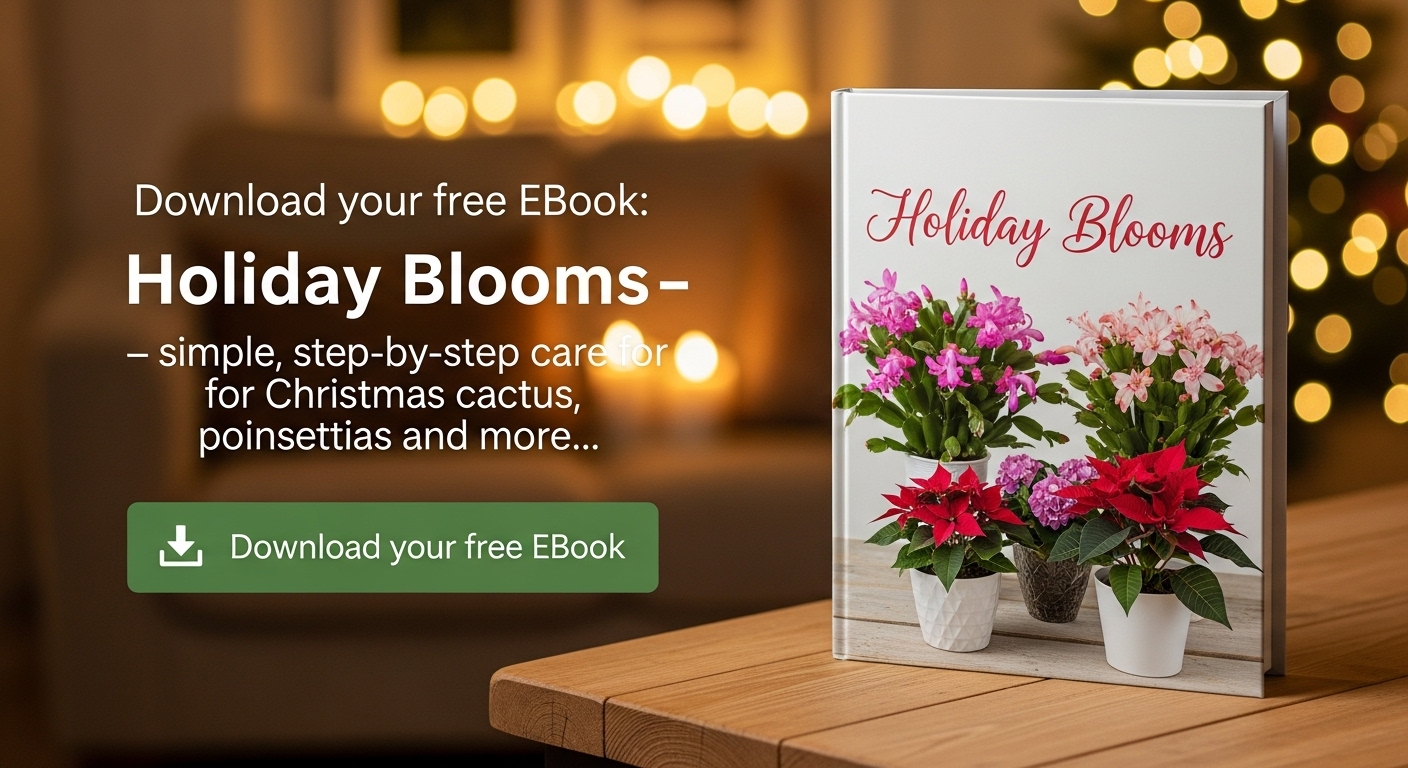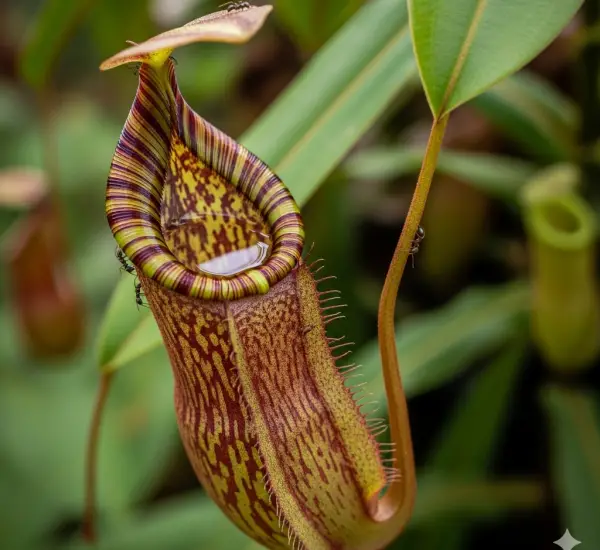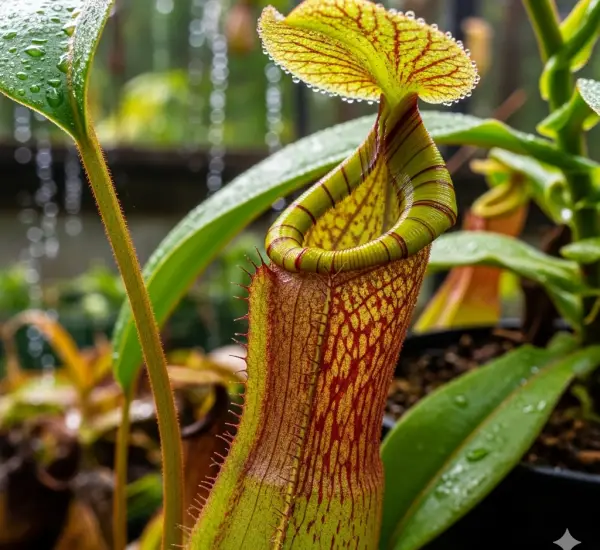Indoor flowers bring color, beauty, and life into our homes. But no matter how much we love our houseplants, getting them to bloom consistently and vibrantly can be a challenge. Many flowering houseplants, such as African violets, orchids, hibiscus, and geraniums, often need more than just water and sunlight to thrive indoors. If your plants are not flowering as they should—or if they’re growing but refusing to bloom—there’s a simple and natural solution you can try that has amazed many home gardeners.
With just a few drops of this homemade tonic applied under each plant, many indoor flowers have been reported to burst into bloom, with brighter colors, longer flowering cycles, and overall improved plant health. This method is inexpensive, uses common ingredients, and works with a wide variety of houseplants.
Why Houseplants Stop Flowering
Several factors can cause your indoor plants to stop blooming:
-
Insufficient Light: Many flowering plants need more light than what’s typically available indoors. Without enough light, they’ll grow leaves but may never bloom.
-
Poor Nutrition: A lack of the right nutrients—especially phosphorus, which promotes blooming—can lead to poor flowering performance.
-
Overwatering or Underwatering: Too much or too little water stresses plants, reducing their ability to produce flowers.
-
Incorrect Temperature or Humidity: Some indoor plants are sensitive to temperature drops or dry air, both of which can delay or prevent blooming.
-
Root Bound Conditions: When roots outgrow their pots, the plant may shift its energy to survival rather than flowering.
Fortunately, there’s a simple way to help your plants overcome these challenges and reward you with vibrant, lasting flowers.
The Bloom-Boosting Formula
This natural tonic provides a gentle but effective boost of essential nutrients and organic stimulants that trigger flowering. It’s particularly useful for indoor plants that need a push during off-seasons or have been stagnant in their growth.
You’ll need:
-
1 liter of room temperature water (preferably dechlorinated)
-
½ teaspoon of dry baker’s yeast
-
1 teaspoon of sugar
-
3–5 drops of iodine (optional)
-
Optional: a pinch of potassium humate or compost tea for added minerals
Why It Works
Each ingredient in this mix plays a role in stimulating bloom development:
-
Baker’s Yeast contains natural growth stimulants like B vitamins, enzymes, and hormones. It energizes root systems and encourages bud development.
-
Sugar acts as a food source for beneficial soil microbes. Healthy microbial activity leads to improved nutrient absorption and better plant vitality.
-
Iodine supports plant immunity and disease resistance, particularly for delicate flowering varieties.
-
Humates or compost tea (if used) provide trace minerals and organic matter that boost flower production and overall plant health.
How to Apply It
-
Activate the Yeast: In a small cup, mix the sugar and dry yeast with a bit of warm water. Let it sit for 10–15 minutes until it bubbles slightly.
-
Mix the Solution: Combine the activated yeast with 1 liter of room temperature water. Add iodine and optional minerals if desired. Stir gently.
-
Apply Under Plants: Use a dropper, small watering can, or spoon to apply about 1–2 tablespoons (roughly 15–30 ml) of the solution directly under the base of each flowering plant. Avoid overwatering—this is a supplement, not a replacement for regular hydration.
-
Frequency: Repeat every 10 to 14 days during the growing and blooming season. Pause during dormancy if your plant typically rests in winter.
What to Expect
Many plant owners report visible changes within 7–10 days of the first application:
-
More flower buds forming on stems and new growth
-
Longer bloom periods, with flowers staying fresh for more days or even weeks
-
Richer flower colors and healthier foliage
-
Faster recovery of tired, non-blooming plants
Even houseplants that hadn’t bloomed in months began showing signs of life after receiving this homemade tonic.
Tips for Encouraging Indoor Blooming
To enhance the effect of this natural tonic, follow these simple care guidelines:
-
Provide adequate light—place your plants near a south or east-facing window whenever possible.
-
Use proper containers—make sure pots have drainage and are not too small for your plant’s root system.
-
Keep humidity in check—especially in winter, use a humidifier or place a tray of water near your plants to increase moisture.
-
Avoid overfeeding—while this tonic is mild, don’t over-fertilize with commercial products, which may cause salt buildup or leaf burn.
Conclusion
A few drops of this gentle, homemade plant tonic can make a world of difference in the life of your indoor flowers. By supporting the root system, energizing the plant, and delivering the nutrients it needs to bloom, this natural booster has helped many gardeners turn struggling, flowerless plants into beautiful, blooming stars of the home.
If your houseplants have been green but bloomless, give this method a try. You may be surprised just how quickly they begin to reward you with vibrant, cheerful flowers that brighten your entire living space.




